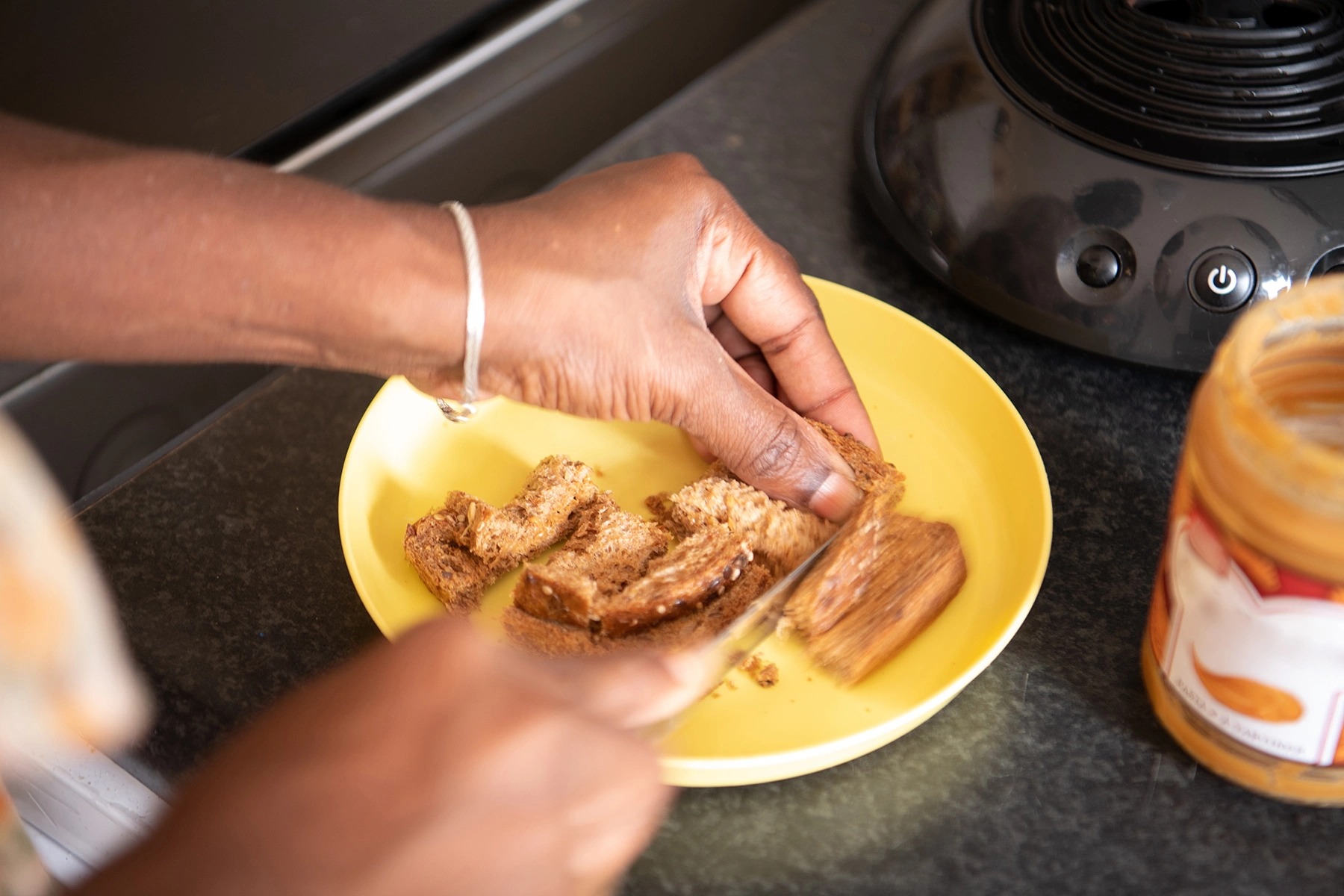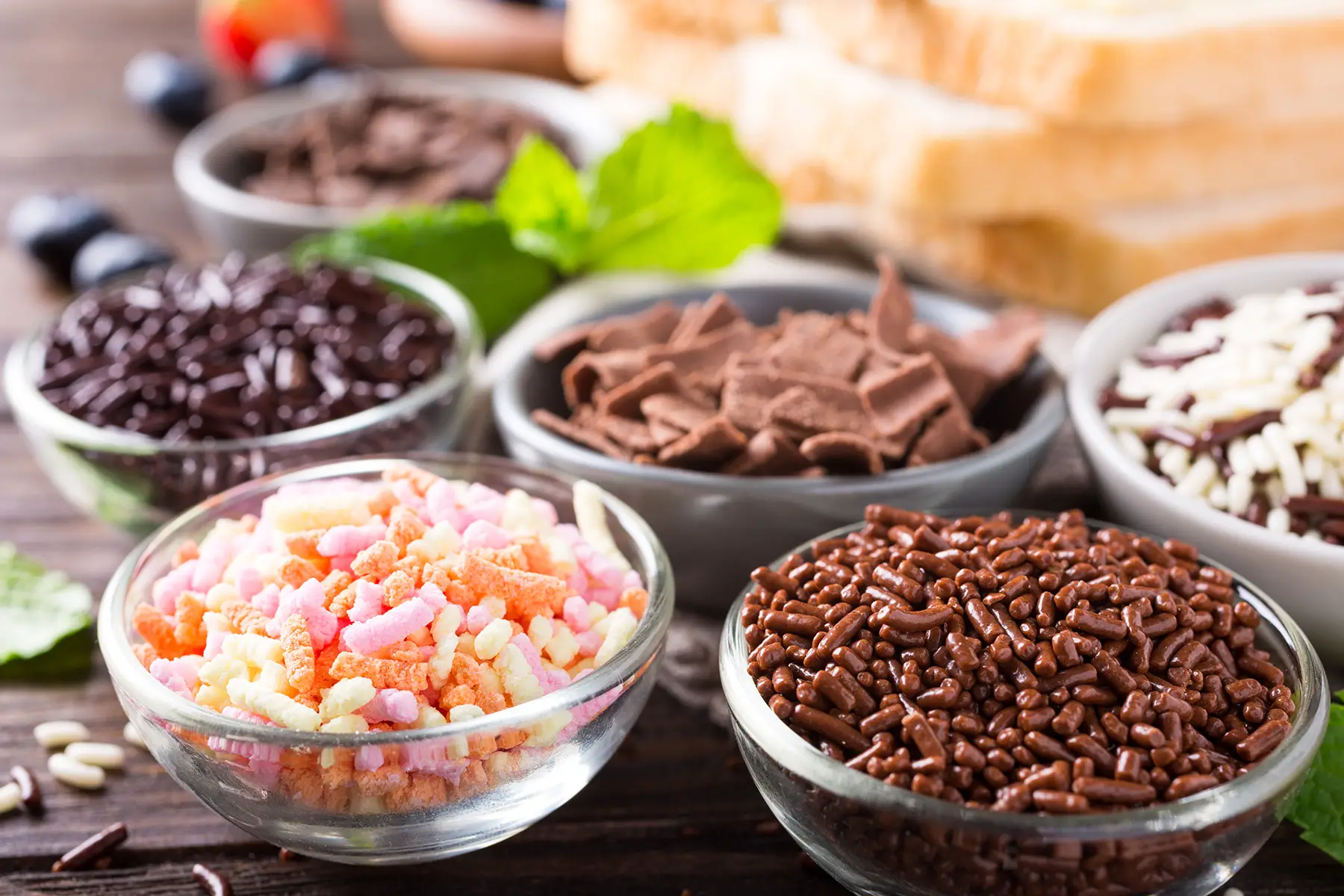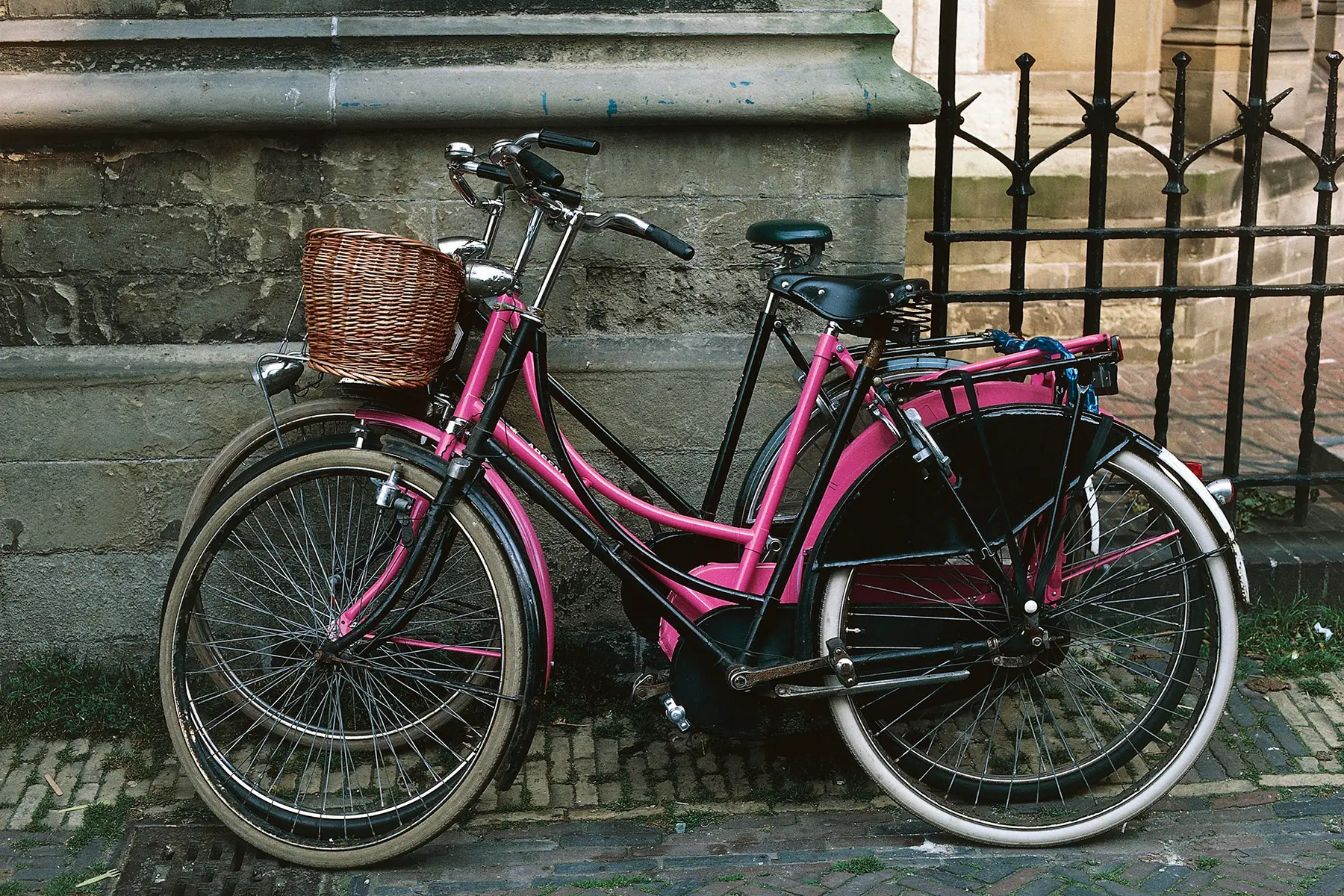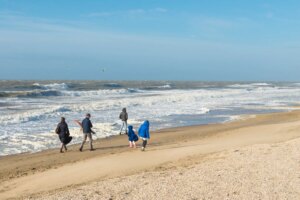If you’ve just started learning Dutch, it might seem quite challenging. For example, not only is the letter ‘g’ hard to pronounce, but the vowels offer all kinds of difficulties. If you can pronounce leeuw (lion), puinhoop (mess), or goochelaar (magician), you’re doing pretty well. Same goes for mastering word order and working out when to use dit, dat, deze, and die.
All these challenges mean it’s important to keep your motivation up, and one of the best ways to learn a language is to have fun with it. So read on to find some of the funniest words in the Dutch language, and when you’ve finished, check out some of the most hilarious expressions and untranslatable words.
Yip
Want to learn Dutch or another handy skill for your life in the Netherlands? Try Yip, a platform for finding expert, personal online coaching in every subject you could think of. From learning guitar to yoga classes, become a Yipee today and get to grips with a new skill.
Apetrots
Trots is a funny little Dutch word that has nothing to do with its English equivalent. No, ‘trots’ is not the way a horse moves, but ‘proud:’ Ik ben trots op je means ‘I am proud of you.’
However, stick the word aap in front of it, and you have ‘I am monkey proud of you.’ It seems a little nonsensical, but that’s OK – apparently, it never had a literal meaning and aap simply intensified the adjective trots. So if someone tells you they are apetrots op je, take it as a compliment – they are super proud.
Eekhoorn
If you pronounce eekhoorn correctly, it sounds a lot like the English ‘acorn.’ But don’t be fooled – this word is a false friend between Dutch and English.

Eekhoorn actually means ‘squirrel,’ the little woodland creature who eats acorns. Interestingly, the two words don’t seem to be related. ‘Acorn’ was originally æcern in Old English and came from Proto-Germanic *akranan (originally meaning the fruit of any tree – link in Dutch), while eekhoorn probably originated from Proto-Germanic *aikwernan or *aikurnan.
Klokhuis
Imagine you’ve just finished eating a delicious apple (appel) and your Dutch friend tells you to throw the klokhuis in the trash. This is a word whose meaning you can only get from context. Klokhuis translates as ‘clock house’ but means the core of an apple or pear.
So where did this funny Dutch word for a core come from? In Middle Dutch, clochuus or clockhuys meant ‘bell tower.’ An observant apple eater probably noticed that the inside of an apple resembled this structure and borrowed the word. It was first found in the early 1500s to mean an apple core.
Pindakaas
It’s no secret – the Dutch love their peanut butter. Whether it’s on a white slice of bread with a sprinkling of hagelslag (more on that later) or in a saté sauce, they cannot get enough of this nutty spread.

The advanced Dutch learners among you may have noticed that pindakaas means ‘peanut cheese.’ So why don’t they call it pindaboter? Well, when peanut butter first came onto the Dutch market, boter could only mean real butter made from milk. Cheese, however, didn’t enjoy such protections and so pindakaas was born.
If you really want to fit in, make sure you say helaas, pindakaas (‘unfortunately, peanut butter’) when something slightly inconvenient happens.
Patatje oorlog
Another classic Dutch snack that includes peanut butter, patatje oorlog is a portion of fries with mayonnaise, peanut sauce, and freshly chopped onions. Don’t judge it until you’ve tried it.
Its name means ‘war fries,’ an unusual term for a snack. Some people believe it comes from the time of the Indonesian War of Independence, but it’s more likely simply slang. The name for this snack began to fall out of favor in the 1990s during the Yugoslav Wars, so if you’d rather avoid saying patatje oorlog, you can ask for patatje met pinda, mayo en uitjes.
Kapsalon
The Netherlands has plenty of ways to eat fries, and another is the famous kapsalon. A pile of fried potatoes with a topping of shawarma, cheese, salad, garlic sauce, and – if your taste buds can handle a little spice – sambal (Indonesian chili sauce).

Although it seems like a classic Dutch dish, the kapsalon was actually invented in 2003. It gets its name (which also means ‘hairdresser’) from Nataniël Gomez, the owner of a salon in Rotterdam. He would regularly order fries with shawarma from a local takeaway restaurant. One day, the owner asked him if he wanted melted cheese on top, and this staple of Dutch fast food was born. So if someone asks you if you want a ‘hairdresser’ in Dutch, say yes.
Monster
Dutch people aren’t quite as scared of monsters as English speakers are! That’s because, in Dutch, monster means more than just a scary creature – it also means ‘sample.’ Monster meaning ‘monster’ comes from the Latin monstrum which has a similar meaning, while the word for ‘sample’ comes from monstrare, ‘to show.’
There’s also a town in South Holland called Monster, which probably got its name from Latin. It may come from monasterium, meaning ‘monastery.’
IJsberen
IJsberen can literally be translated as ‘to polar bear.’ This expression, first attested in 1897, means pacing back and forth. Some people speculate that this comes from the behavior of these bears in captivity (in Dutch) and that it’s not a natural way of walking for wild animals.
Kunt
Once you’ve opened a Dutch bank account and received your shiny new pinpas, you’ll be able to pay by card. However, you might do a double take when you first see the card machine proudly announce: U kunt nu pinnen. But don’t worry, it’s not an insult – it simply means ‘you can now use your card.’

Many English speakers are taken aback to realize that kunt is an everyday word in the Dutch language. It simply means ‘can.’ Not only that, but it comes from the same root as its English translation – both descended from Proto-West Germanic *kunnan. Meanwhile, the English c-word comes from Proto-Germanic *kuntǭ.
Slagroom
Another word that sounds a little rude in English, slagroom means whipped cream. It’s made up of two words: slag (hit/beat) and room (cream). When you pronounce it correctly in Dutch, it sounds more serious, but no less delicious. Top tip: this tasty Dutch food goes well with a generous slab of apple tart.
Hagelslag
Hagelslag is another funny Dutch word – not only is it fun to say, but it has two meanings. Literally, it refers to a hailstorm, but figuratively, it’s much tastier. When you arrive in the Netherlands, you might be surprised to see people eating buttered bread with sprinkles on top for breakfast, lunch, or a snack.

This Dutch delicacy was invented in 1919, when the director of a licorice factory decided to market aniseed-flavored grains as a sandwich filling. Over the years, many different types of hagelslag have evolved, and the best-known is perhaps chocolate. Hailstorm in a sandwich? Yes, please.
Neushoorn
One of the most fun things about the Dutch language is its literal way of naming things. For example, neushoorn, literally ‘nose horn.’ The perceptive amongst you might be able to guess its meaning – rhinoceros.
Many of the funny Dutch words in this article have an interesting literal translation, such as ijsbeer (polar bear) = ijs (ice) + beer (bear), but some other examples include:
- Handschoenen (gloves) = hand (hand) + schoenen (shoes)
- Boterham (sandwich) = boter (butter) + ham (ham)
- Stofzuiger (vacuum cleaner) = stof (dust) + zuiger (sucker)
Omafiets
Omafiets, literally ‘grandmother bicycle’ is one of the most common items in the Netherlands. If you live in a Dutch city, you’ll almost certainly ride one. These bikes have a frame that allows you to step onto the bike easily, even if you’re wearing a skirt. They allow you to sit upright and ride comfortably along your route.

The name omafiets probably comes from the fact that the bicycle was seen as old-fashioned (in Dutch) in the 1950s. However, since then, this classic bike has made a comeback, and you can see (and ride) them all over the Netherlands.
Tikkie
Tikkie is not just a funny Dutch word, it’s a way of life. Or rather, an app you’ll probably need to download when you move to the Netherlands. The Dutch are known for being frugal, and one way they do this is by keeping on top of who owes what. This app allows you to send and receive payment requests, eliminating quite a lot of awkwardness when it comes to asking people to pay you back.
It was originally invented by ABN AMRO bank, but Tikkie is a funny word that has well and truly entered the Dutch lexicon. And not always positively – publications have written about tikkiecultuur (Tikkie culture – in Dutch) and tikkieterroristen (Tikkie terrorists, or people who send payment requests for tiny amounts of money). It’s also become a verb, so don’t be surprised if your friend asks ‘heb je al een tikkie gestuurd?‘ (‘have you already sent me a Tikkie?’).







